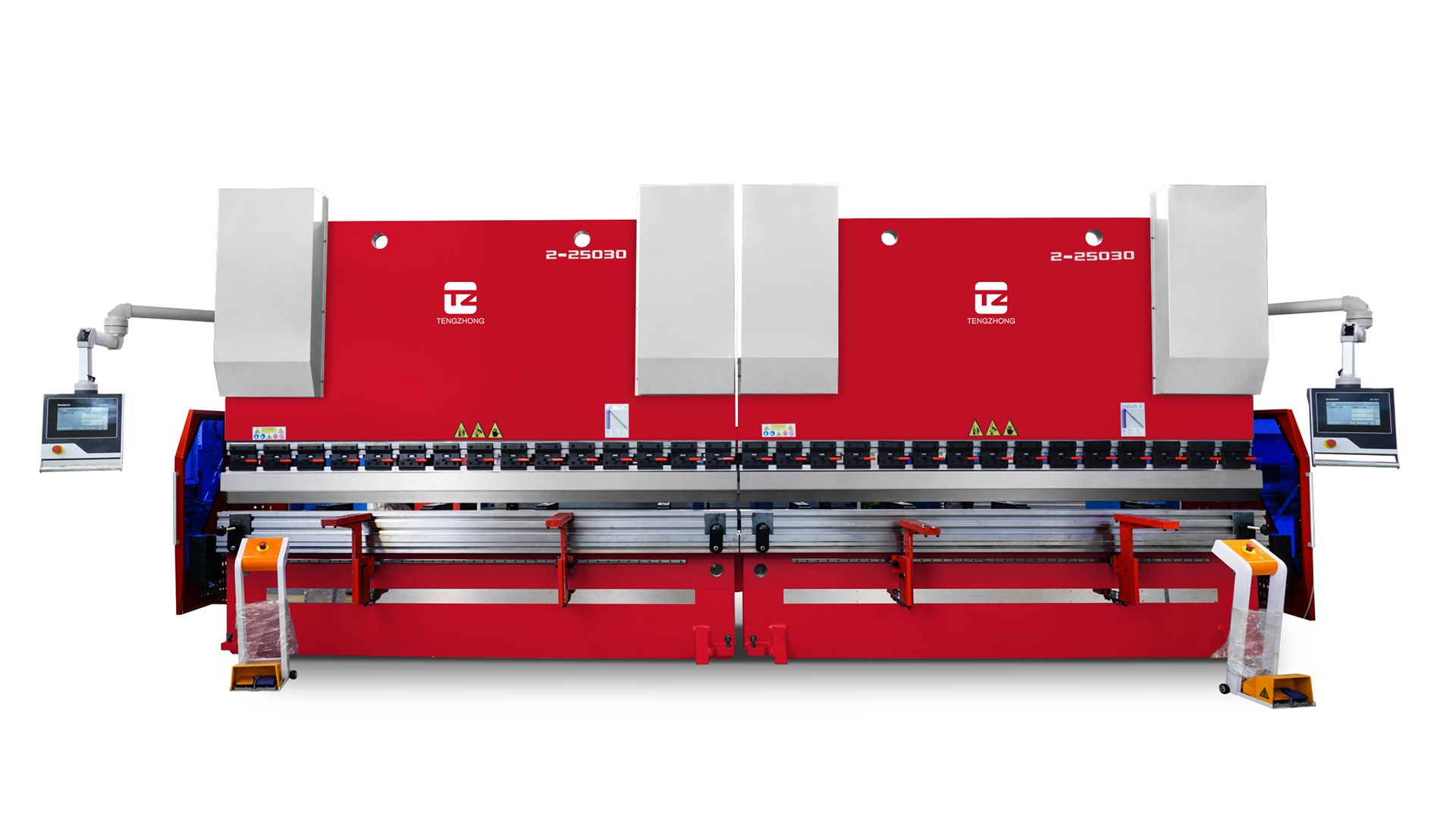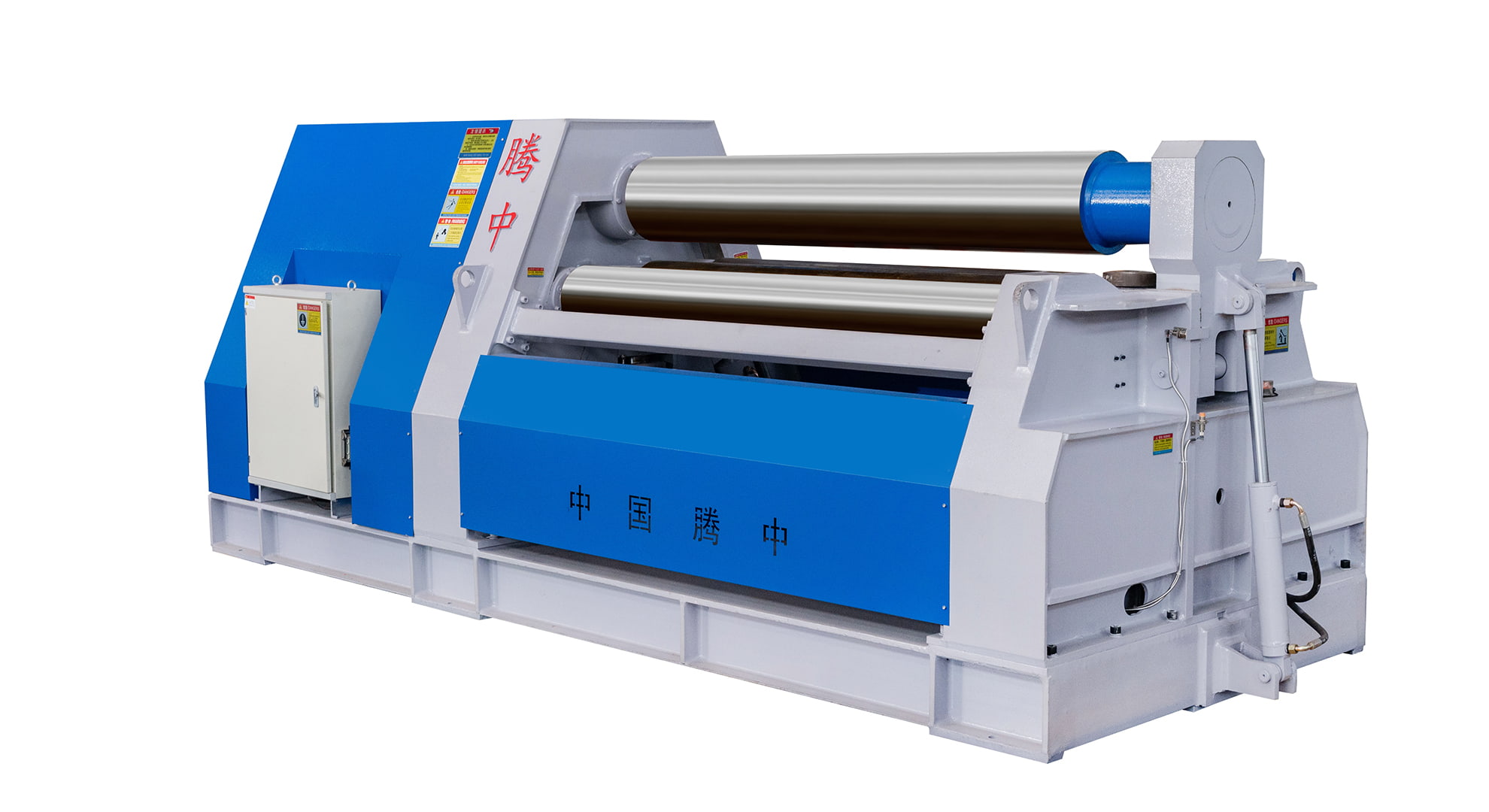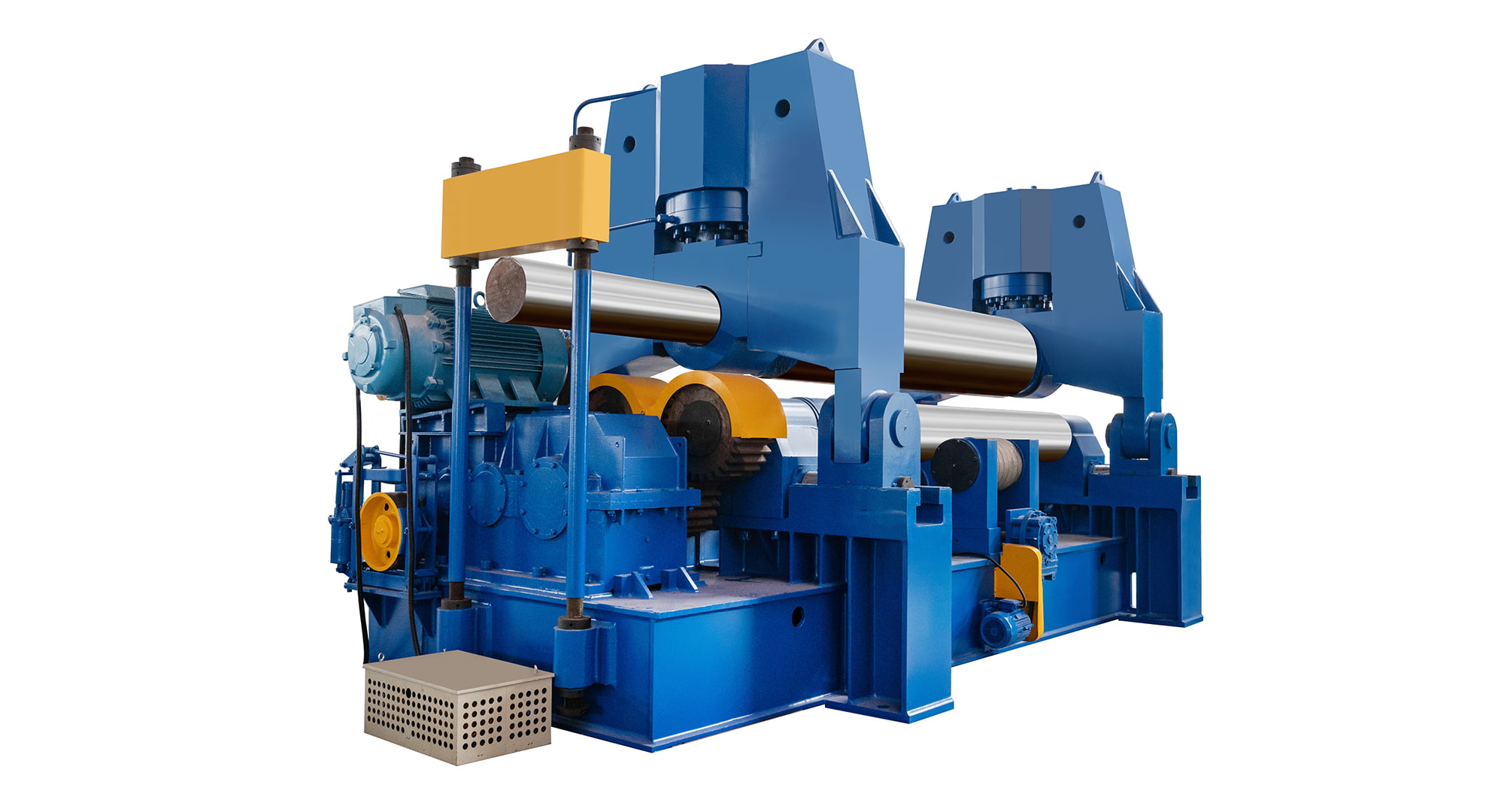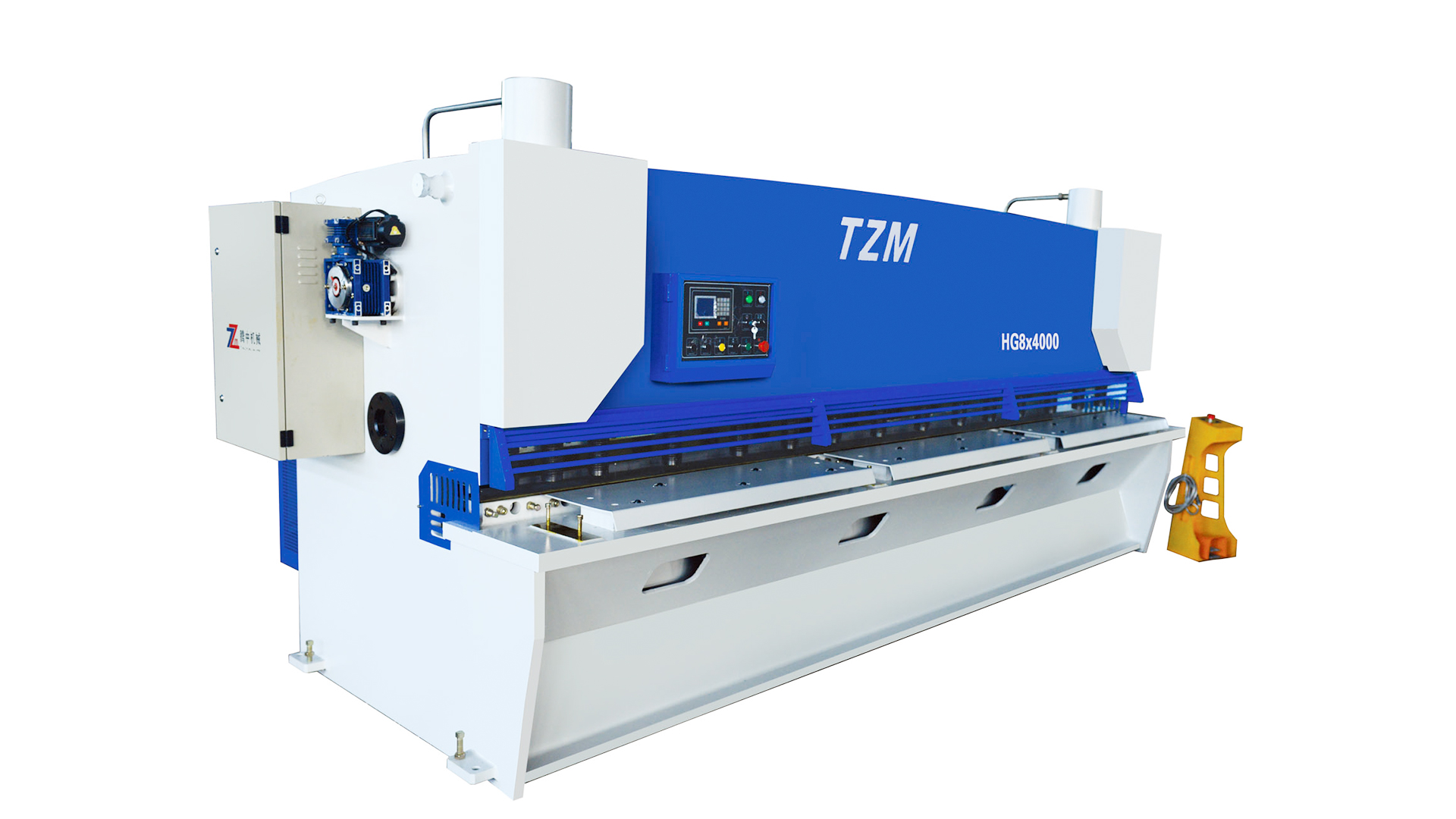Mastering Metal Forming: The Power and Precision of Plate Rolling Machines
2025-05-30
In the world of industrial fabrication, precision and performance are non-negotiable. Among the myriad machines that drive modern metalworking, the plate rolling machine stands as a cornerstone of sheet metal manipulation—transforming flat, rigid plates into fluid, contoured forms with engineering finesse.
A plate rolling machine, also known as a plate bending machine, is a vital tool used to roll different kinds of metal sheets into curved or cylindrical shapes. Common in shipbuilding, aerospace, energy, and heavy machinery industries, this equipment offers unmatched capability in shaping high-strength steel, aluminum, and other alloys into structural components.
The technology is deceptively straightforward. Using three or four precision-rotating rollers, the machine gradually presses the flat metal sheet, forcing it to bend incrementally. Over multiple passes, the desired curvature takes form—be it conical, cylindrical, or elliptical.
Types of Plate Rolling Machines
Not all plate rolling machines are created equal. Each type offers distinct advantages, depending on the application and material.
3-Roll Plate Bending Machines: The most prevalent. These machines utilize one top roll and two lower rolls. Ideal for lighter, thinner metals and simpler tasks, they are versatile yet cost-efficient.
4-Roll Plate Bending Machines: The industry’s workhorse. With an extra lower roll, these machines provide enhanced grip and control, allowing for precise pre-bending, faster processing, and superior consistency. They are favored in high-volume production environments.
Variable Geometry Machines: Designed for heavy-duty tasks and thick plates, these machines adjust the lower rolls vertically for greater force and tighter diameters. Common in manufacturing pressure vessels and wind turbine towers.
Why It Matters
The significance of plate rolling extends far beyond the machine’s mechanical motion. At its core, it’s about enabling innovation. It allows engineers and designers to push the boundaries of form and function. Whether it’s a seamless fuel tank, a pressure-resistant boiler, or an architecturally bold metal façade, the plate rolling machine plays a critical role in realizing those visions.
Moreover, modern machines are a far cry from their manual predecessors. Today’s systems are often CNC-controlled, providing pinpoint accuracy, repeatability, and automation. This not only streamlines production but also ensures consistency in quality—something that is indispensable in safety-critical industries.
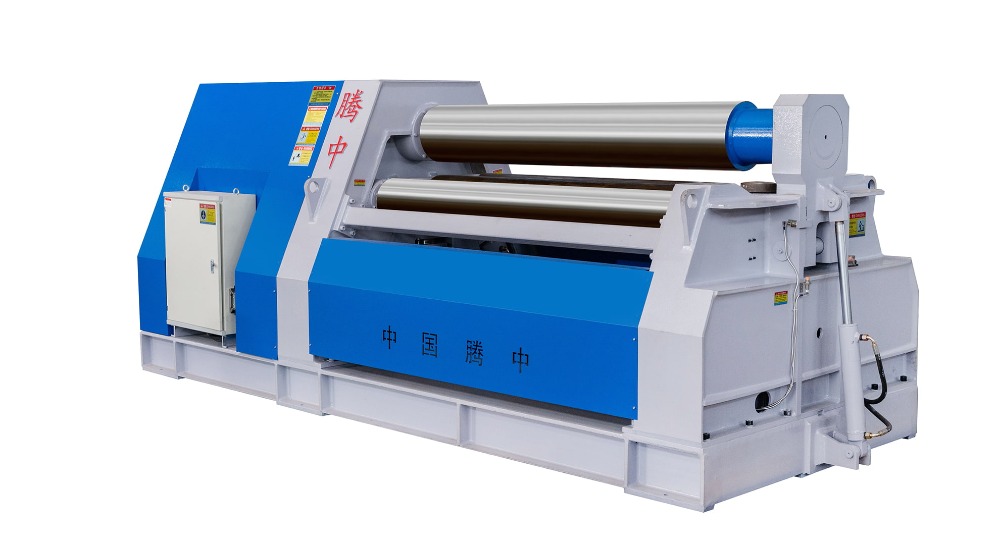
Key Advantages
Efficiency: Plate rolling machines drastically reduce production time, especially in batch processing. With CNC interfaces, operators can program sequences and minimize manual intervention.
Flexibility: From thin stainless steel sheets to thick carbon steel plates, the adaptability of these machines is exceptional. Cone rolling, oval shaping, and custom curves are all within reach.
Structural Integrity: Unlike welding or assembling curved segments, plate rolling produces monolithic shapes, reducing weak points and enhancing overall strength.
What to Consider When Choosing One
Selecting the right plate rolling machine is both a technical and strategic decision. Material type, thickness, desired shape, and production volume all come into play. But beyond these, think long-term: serviceability, digital compatibility, and energy efficiency should not be overlooked.
A poorly chosen machine leads to bottlenecks, sub-par output, and increased operational costs. Conversely, a well-matched system becomes a linchpin in your manufacturing arsenal—scaling with your ambitions.
In a landscape where precision engineering and high-performance manufacturing intersect, the plate rolling machine holds its ground as a quiet yet formidable force. It bends more than just metal—it shapes infrastructure, innovation, and industry. For any operation serious about form, function, and the future, investing in advanced plate rolling technology isn’t just wise. It’s imperative.

 English
English русский
русский Français
Français Español
Español Português
Português عربى
عربى



